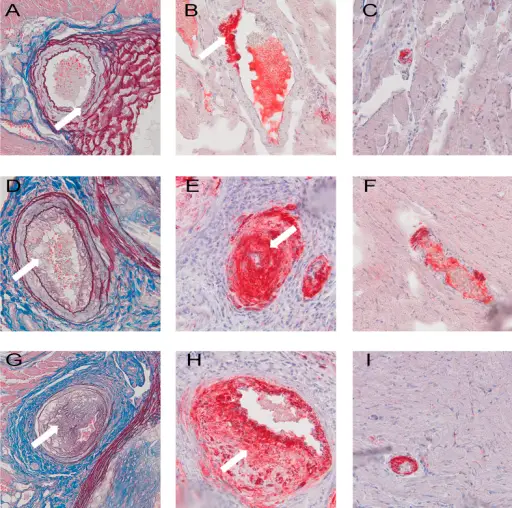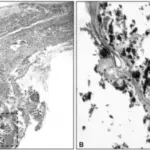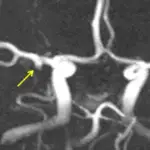Atherosclerosis is the hardening and thickening of the large arteries due to the presence of fatty plaques in the arteries. Modifiable risk factors for atherosclerosis include diabetes, hyperlipidemia, hypertension, and smoking.
What is the Pathology of Atherosclerosis?
The pathology of atherosclerosis is:
-Etiology: The cause of atherosclerosis is can be modifiable or non-modifiable, and these are the significant risk factors cause there is no specific cause of atherosclerosis include obesity, genetics, age, gender, and many others.
-Genes involved: Unknown.
-Pathogenesis: The sequence of events that lead to atherosclerosis has two theories. The Reaction-to-injury hypothesis, and the monoclonal theory. Reaction to injury shows that damage to the endothelial cells causes adherence of the platelets to the affected area, and smooth muscle cells are formed driving the growth of new vessels. The monoclonal theory shows that the formation of new cells is caused by mutation due to the presence of substances that lead to the formation of new cells.
-Morphology: The morphology associated with atherosclerosis shows intimal thickening, fatty streaks, gelatinous lesions.
-Histology: The histology associated with atherosclerosis shows closely-packed foam cells, lipid-containing elongated smooth muscle.
How does Artherosclerosis Present?
Patients with atherosclerosis typically are males present at the age range of 20 years and above. The symptoms, features, and clinical findings associated with atherosclerosis often occur when the plaque dislodges or ruptures and it may lead to stroke, chest pain angina pectoris, slurred speech.
How is Artherosclerosis Diagnosed?
Artherosclerosis is diagnosed by chest x-ray, angiogram, lipid profile tests, doppler sounds, blood tests, stress tests.
How is Artherosclerosis Treated?
Artherosclerosis is treated by anticoagulants, statins, antihypertensives, angioplasty, stent placement, fibrinolytic therapy, coronary artery bypass surgery.
What is the Prognosis of Atherosclerosis?
The prognosis of atherosclerosis is fair and if it is noted early there are good recovery chances but if it is noted late it can lead to death.



